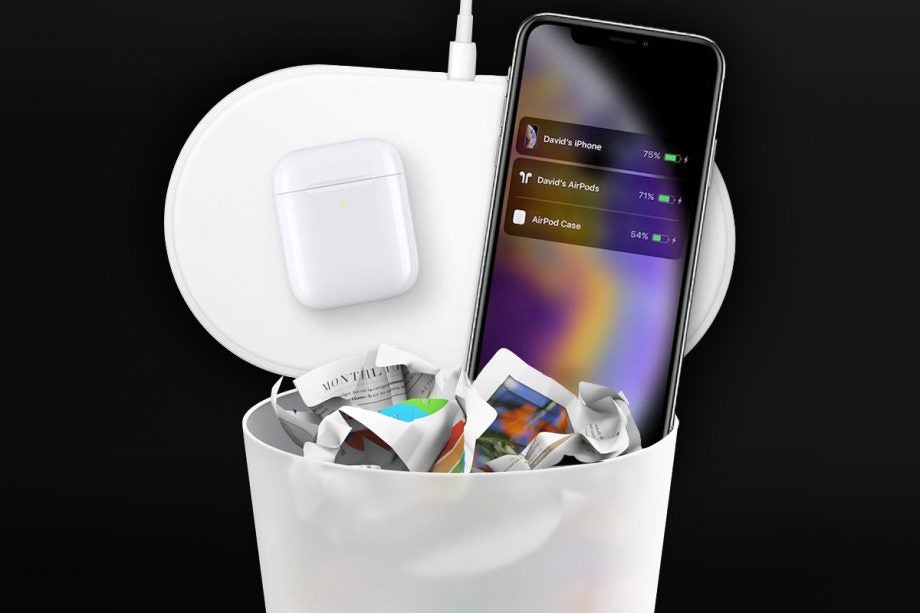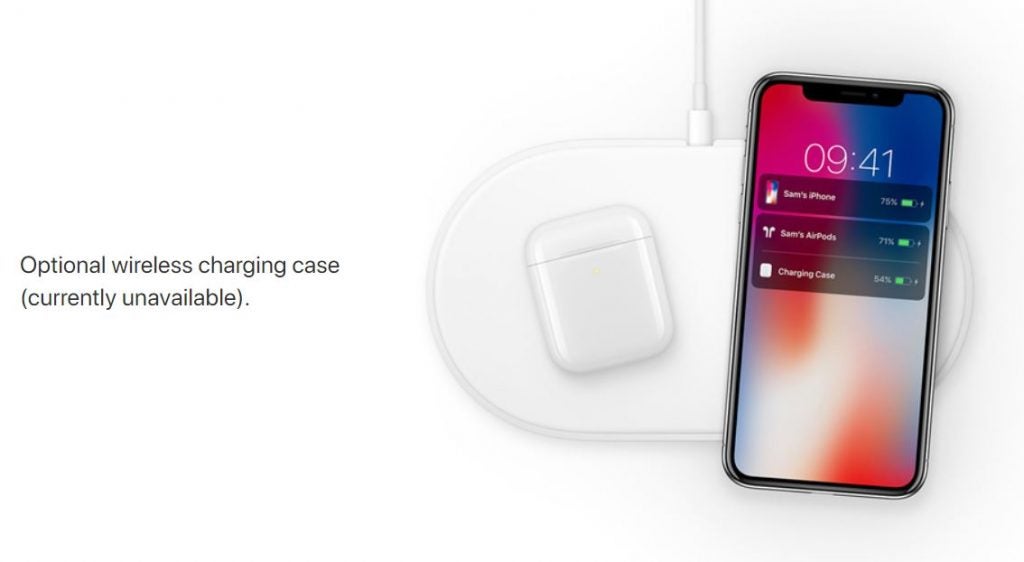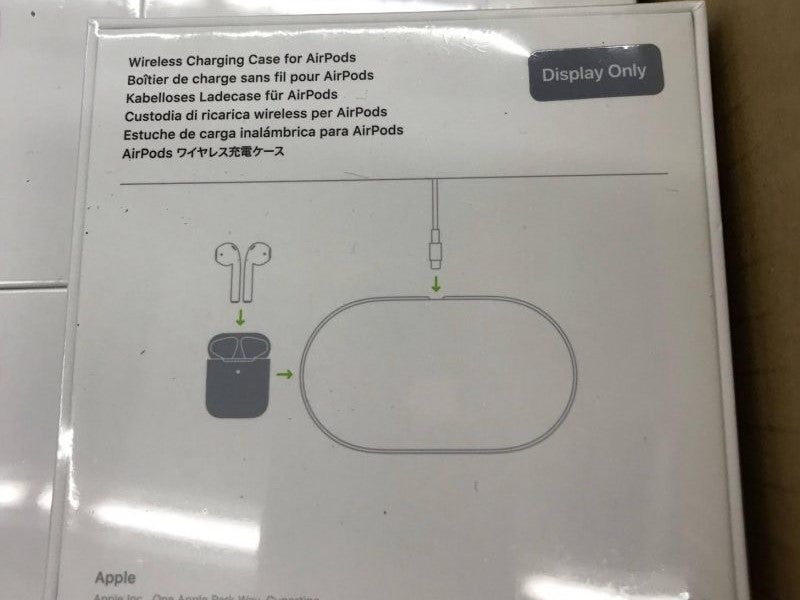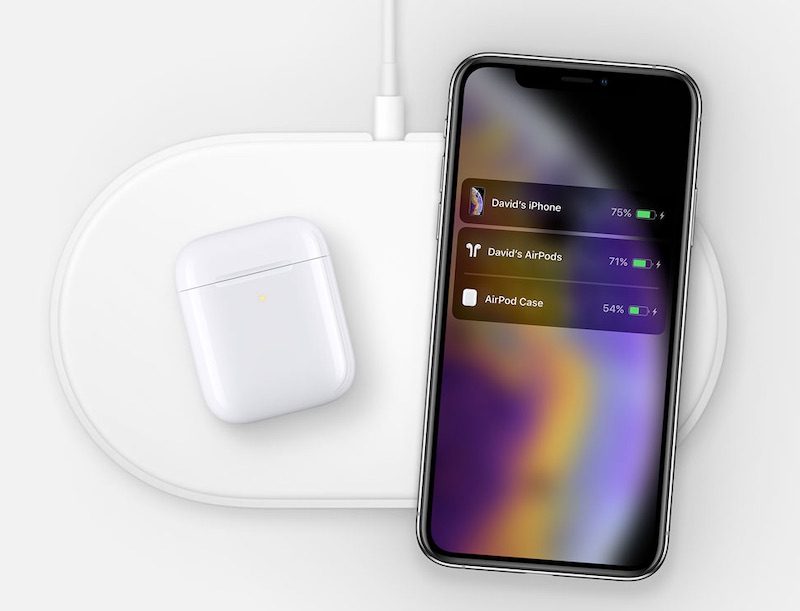AirPower Cancelled: The story of Apple’s ill-fated wireless charging mat

After more than a year of silence and speculation, Apple has officially cancelled AirPower.
The keenly anticipated charging mat was supposed to come out in 2018 but didn’t, and Apple has barely said a thing about it since it was first unveiled all the way back in 2017.
The decision to cancel AirPower is about as remarkable as it was predictable. The signs were all there. But AirPower being such a high-profile product, coupled with the fact that we’d never have expected such a huge gaff from Apple, made us cling to any hope we could find.
Here’s the story behind AirPower, a product that promised so much but ultimately failed to materialise.
Read more: AirPower alternatives
AirPower − Why so much hype?
AirPower was essentially a fancy wireless charging mat, capable of powering up AirPods, iPhones and Apple Watches all at the same time, in seemingly any orientation. It was unveiled in September 2017 − at the launch of the iPhone X.
But why was there so much hype around AirPower, when there are already hundreds of examples of wireless charging pads already out there, from a host of manufacturers including Samsung and Belkin?
Apple’s AirPower mat was a little bit different to a standard wireless charger, which can typically only accommodate a single device at a time. Apple’s solution aims to deliver on the promise of being able to throw your device anywhere on the mat and guarantee that it’ll start charging wirelessly.
What’s more, as seen in several product images, the premise was that you’d be able to charge multiple devices simultaneously in seemingly any orientation − thanks to the fact that it would supposedly contain 22 individual charging coils.
Power would be transferred from the charging pad to the battery in the device you want to charge by way of alternating electromagnetic induction, using coils that are designed to emit and receive electromagnetic waves in both the charger and the handset respectively.
And there was every chance that any other device that supports the Qi wireless charging standard, like the Samsung Galaxy S9, would also be able to charge on AirPower.
Read more: Best iPhone
AirPower − What Apple said
On March 29, 2019 − more than 18 months after AirPower’s unveiling − Apple’s senior vice president of hardware engineering, Dan Riccio, decided to put us all out of our misery.
“After much effort, we’ve concluded AirPower will not achieve our high standards and we have cancelled the project,” he said. “We apologize to those customers who were looking forward to this launch. We continue to believe that the future is wireless and are committed to push the wireless experience forward.”

AirPower − The hope and disappointment
As mentioned above, almost all signs pointed to AirPower being cancelled.
Apple launched its heavily-rumoured TV streaming service, Apple TV Plus, in late March, right after unveiling the iPad Mini 5, iPad Air (2019), iMac 2019 and AirPods 2. There were murmurs that AirPower would also make an appearance around the same time but, of course, it failed to show.
Our hopes were perhaps most severely dashed when Apple failed to mention AirPower at all as part of its AirPods 2 reveal − especially when that announcement covered a new wireless charging case too.
The product page for the new wireless charging case pointedly made no reference to AirPower. Instead, it reads: “Case can be charged either wirelessly using a Qi-compatible charging mat or with the Lightning connector”.
Furthermore, in September 2018, immediately after the launch of the iPhone XS, almost all references to AirPower were removed from Apple’s website. At the time, the only remaining reference to the device was a picture (above) on a page dedicated to the original AirPods.
Now that the AirPods 2 have been announced, that page has been refreshed. And that picture vanished.

Image Credit: MacRumors
And yet, until Riccio’s announcement, there remained a small sliver of hope.
Why? The aforementioned AirPods wireless charging case recently started shipping to customers, and its box appears to show off AirPower in all of its glory.
The shape is the same, and it looks like a Lightning cable poking out the top, though it could very well be a USB-C lead – it is just a sketch, after all. You could make a case that it’s just a generic wireless charger – after all, most wireless pads look alike – but it doesn’t feel like a very Apple-y thing to do.
The image above, via MacRumors, was verified by a number of other users on Twitter who received their new case early.
Yes pic.twitter.com/nAQIWX3B5G
— Chris J. Caine (@ChrisJCaine) March 25, 2019
Add that to the fact that Apple’s Australian site recently showed a never-before-seen image of an iPhone XS sat atop the AirPower charging pad (further down this page, via MacRumors).
Furthermore, in January ChargerLab claimed it had heard from a “credible source” that manufacturer Luxshare Precision has “started producing [the] Apple AirPower wireless charging pad” (via MacRumors). Luxshare Precision also manufactures the Apple AirPods.
And in February, MySmartPrice reported that Apple had manage to resolve the technical challenges (more on this in the following section) that were apparently holding AirPower back.
The report claimed that Apple was in the process of Apple filming TV ads for AirPower, and that the charging mat would boast a slightly thicker build than previously expected, due to an 8-7-7 coil configuration. It added that Apple was working on “exclusive features”, which would come into play when iOS 13 is released later this year.

Image Credit: MacRumors
Why was AirPower cancelled?
While Riccio’s statement doesn’t explain why AirPower was cancelled, we think we have a decent idea of the reasons behind Apple’s decision.
Numerous reports have suggested that the technical challenges associated with making a multi-device wireless charging pad that can charge in any position aren’t exactly trivial.
Related: Best wireless charger 2019
Overheating is widely believed to have been a serious issue during AirPower’s development and it’s apparently the reason Apple tried to build a prototype version with 22 charging coils that could be controlled to deliver power independently.
Are you surprised AirPower has been cancelled? Or had you already given up the ghost and grabbed a capable third-party alternative? Drop us a line @TrustedReviews on Twitter.


